We have learned more details about Google Stadia after our hefty recap of it yesterday.
Then Bakar, the vice president of Google Stadia, told Eurogamer that it won’t be harder to make games for it than for the Xbox and the PlayStation platforms: „We are also helping developers with all the tools, so building for Stadia is really another target for them, together with existing tools in terms of Visual Studios and all the development tools they are using and integrating with their workflow, so developing for Stadia is as simple as developing for PlayStation and Xbox.
It’s compression and it’s networking, so we are piggybacking on a lot of the networking work done that has been done by Google infrastructure: BBR, QUIC and WebRTC are the foundation of what we’re building on top of, so we can provide not just low latency distribution of the IP packet but also provide feedback to the source, so the tricks you’re talking about Zenimax using – they can also be used here, and they’ll be able to optimise their gameplay. We can predict latency on a frame by frame basis and allow them to adjust for that. We will continue to improve [the latency]. [Project] Stream is the first version of our tech. We’re investing in terms of improving performance and adapting to latency and it’ll be better once we launch,” Bakar said.
What about the exclusives? Phil Harrison, the vice president of Google, has responded. If you have already been playing in the PS1 era, you might be familiar with his name – he was responsible for getting devs for the first PlayStation! „It was a conversation that I had with Google leadership before I joined the company. [My] point of view was in order to really deliver on the promise of this platform, we had to build our own games. We had to build our own experiences, and that was a very fundamental, strategic direction that we needed to move in. I understand that [for a gamer] the word ‘exclusive’ can sometimes be a challenging terminology. [I would] rather we moved the narrative towards [games] that are built specifically for a data centre. And if those games also show up on other streaming platforms, that’s okay, because what that means is that the developers are starting to innovate and think about the future and [build] a 21st-century game, rather than a 20th-century game,” Harrison said. He added that the games developed by Google will „obviously only” be available on the Stadia.
There are pricing plans, too! „[It was a lot] of very deep conversations with our developer and publisher partners over many many months, and years in some cases. A lot of deep consumer research. We have had a fantastic user research team as a core part of the Stadia team for two years now. And so, we have our point of view, we then test various hypotheses with consumers and publishing partners, and then get to the right result,” Harrison said. We don’t know concrete details, but Yves Guillemot, the CEO of Ubisoft, told GameSpot the following: „Either you buy full price and you play; or you will be able to also register, possibly, to play either one hour or two hours a day. There will be plenty of ways.” It’s still not giving us a lot of hints…
And, as expected, the Google Stadia will not work offline whatsoever, so the platform won’t follow Netflix or Spotify. „No, not technically possible. It would be a compromise of our vision if we were to do that,” Harrison said. Thus, there won’t even be a Stadia console either – you’ll have to rely on the Google data servers.
More details will be announced in the summer.
Source: WCCFTech, GameSpot, GameSpot, GameSpot

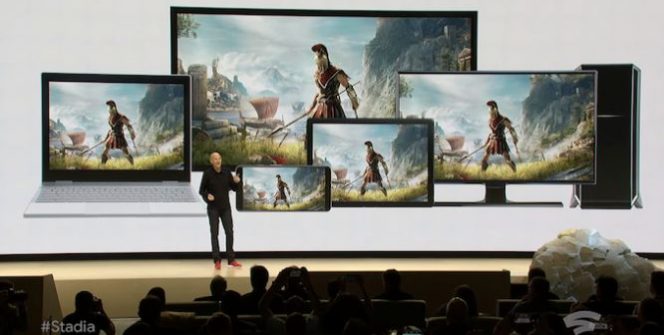

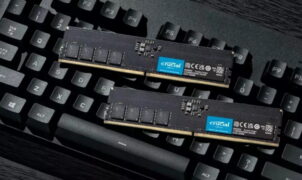
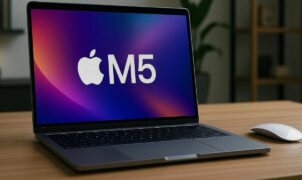







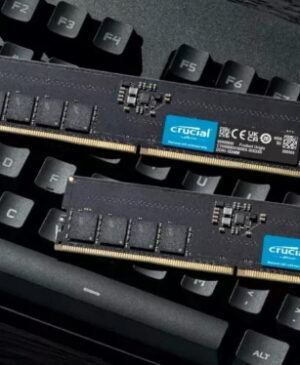
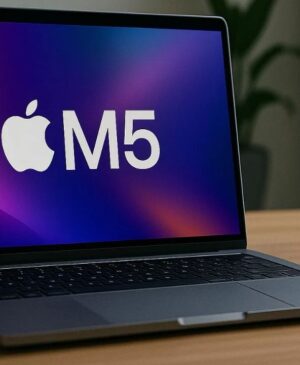

Leave a Reply